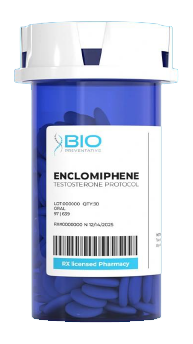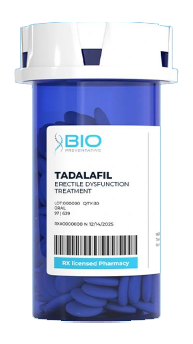Have you ever picked up a prescription or used a medical device with the label proudly proclaiming “FDA-approved”? Ever wondered what that really means and why it’s important? In this blog post, we’ll delve into the world of FDA approval and shed light on why it’s a big deal for your well-being.
What Exactly Is the FDA?
Let’s start with the basics. FDA stands for the Food and Drug Administration, a federal agency under the United States Department of Health and Human Services. Their mission? To safeguard public health by overseeing a wide range of products, from foods to drugs, medical devices to vaccines, and much more.
Decoding “FDA-Approved”
When a product wears the “FDA-approved” badge, it’s a declaration that the FDA has put it through the wringer. They’ve meticulously assessed its safety, effectiveness, and quality. This isn’t a casual nod; it involves rigorous testing, clinical trials, and a close look at manufacturing practices to ensure it meets specific standards and is safe for its intended use.
Why FDA Approval Matters
1. Safety First
FDA approval means that a product has undergone thorough testing to identify and mitigate potential risks and side effects. It’s a protective shield for consumers.
2. Efficacy Confirmation
FDA approval confirms that a product lives up to its claims. It means the benefits outweigh the risks, and it’s likely to deliver the results you’re looking for.
3. Quality Control
FDA approval also involves scrutinizing manufacturing practices to ensure the product’s consistency and quality. This prevents variations that could impact its effectiveness.
4. Consumer Confidence
When you spot “FDA-approved,” it instills confidence in healthcare products and treatments. You know they’ve met high standards of scrutiny.
5. Legal Requirement
In many cases, FDA approval is a legal requirement for selling certain products. Companies must meet these standards to operate within the law.
The Path to FDA Approval
The road to FDA approval is no walk in the park. Products undergo a rigorous journey before they can reach the market:
1. Preclinical Testing
It all begins with lab studies to gather initial data on safety and efficacy.
2. Investigational New Drug (IND) Application
If preclinical testing looks promising, the product advances to human clinical trials. These trials have different phases to assess safety and effectiveness.
3. New Drug Application (NDA) or Biologics License Application (BLA)
All data from preclinical and clinical studies is compiled into an NDA or BLA for the FDA to scrutinize.
4. FDA Review
The FDA conducts a thorough review of the data, including clinical trial results and manufacturing practices.
5. Approval or Rejection
The big decision is based on the review, then the FDA decides whether to approve or reject the product. If approved, it can hit the market.
Conclusion
FDA approval is a rigorous process designed to ensure healthcare products and treatments meet high standards of safety, effectiveness, and quality. The next time you come across an “FDA-approved” label, rest assured it has undergone strict testing and scrutiny to ensure your safety and its effectiveness. It’s not just a label; it’s a symbol of trust in the healthcare system. So, the next time you encounter an FDA-approved product, you can have peace of mind knowing it’s been through the wringer to ensure your well-being.










